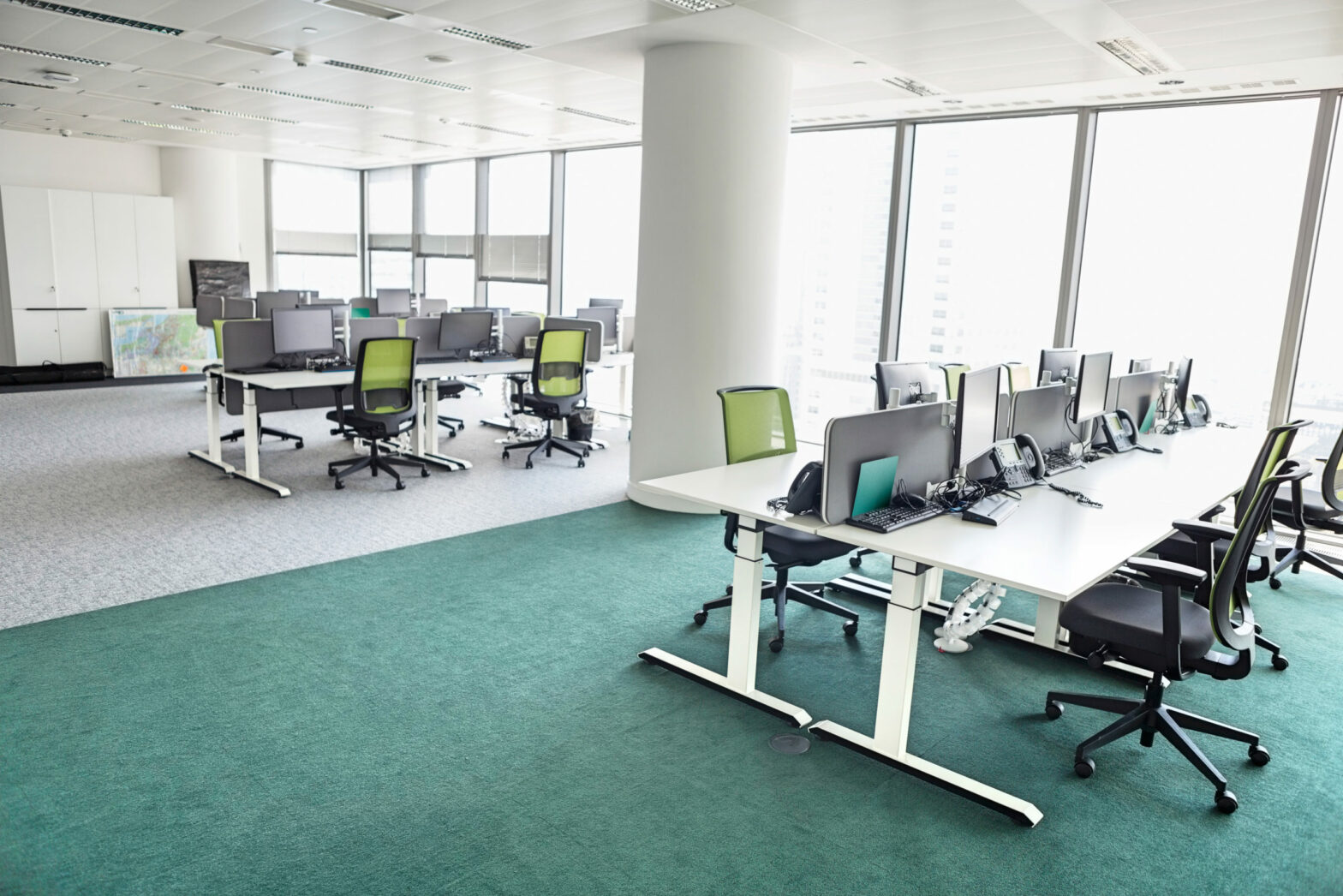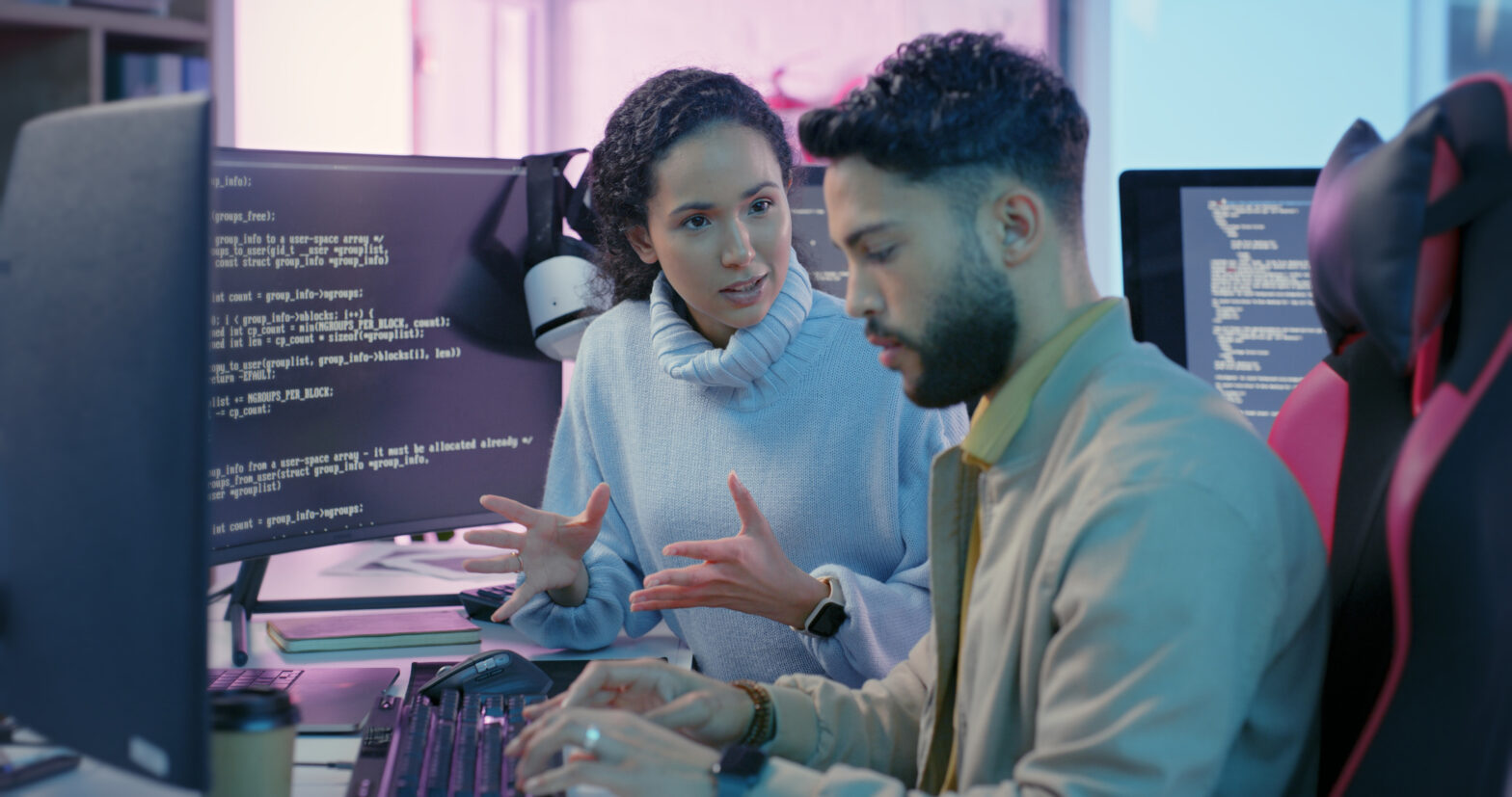Up until the end of last year, it seemed as though businesses were leaning more and more towards hotdesking, a set-up where employees don’t have a permanent desk.
Having staff share work stations appeals to employers as it can be more efficient and it gives them more scope to downsize their office and reduce costs.
However, few of us could’ve predicted the fallout from COVID-19. Experts warn that the virus could already be threatening the future of hotdesking.
Even if hotdesking does come back, it’s going to take greater strides to help your employees feel comfortable at work again. So, how do you do it?
The trajectory of hotdesking
Let’s first take a look at how we got to this point. Hotdesking, or ‘location independent working’, began to crop up in the 1990s. It was created in response to the rise in flexible working – with employees using their desks less often, it made more sense to downsize and make better use of fewer desks.
Of course, with an unknown number of people sharing a desk in any given space of time, it’s not an ideal set-up during a virus-driven pandemic. Now that we have news of a vaccine, the situation could be heading to a different version of normal.
Hotdesking could very well return in another form. ‘Hotel desking’, for example, is a similar option but is available to those who come in two days a week or less. Those in for three days or more would have permanent seating.
What changes do I need to make?
Ashley Lawrence, head of interiors at Crown Workspace, shares his thoughts on the future of workspaces.
“The recent trend in the workspace has been all about hotdesking and open offices but businesses may now have to think about what people will want when we all, eventually, get back to work. Employers will find that they’ll have to make changes if they want to keep their best talent.
“When people have been used to social distancing and staying 2m apart, the idea of going into an office and sharing a desk space with dozens of colleagues is going to feel like a daunting challenge.”
Putting the following measures in place will benefit any workspace, but is all the more important for hotdesking environments.
Incorporate it into your risk assessment
For those who want to incorporate hotdesking into your post-pandemic workplace, factor it into your risk assessment. Before the easing of the national lockdown in the summer, businesses had to commit to making their workplaces safer by carrying out coronavirus risk assessments. These are very similar to the assessments you’ll be doing already. Our sister site, SmallBusiness.co.uk, has a guide on How to do a coronavirus risk assessment on your small business premises.
Revise your cleaning practices
Now’s the time to up your cleaning regimen, especially on high-contact services like door handles and lift buttons. It’s best to hire professional cleaners as they’re likely to be more thorough than staff members.
If you don’t have one already, set out a clear desk policy for employees. It’ll make cleaning desks between uses easier and much more efficient.
Improve ventilation if you can
Having better ventilation in place improves the overall air quality in the office. Make sure your ventilation system is properly maintained and filters are changed frequently.
Consider plants that are easy to manage. Certain types of plant purify the air – such as the peace lily and the spider plant – and they’re proven to increase staff wellbeing.
Allow more flexibility with staff working times
Allow flexible start and finish times so that staff can use public transport during quieter periods. Introducing or encouraging a cycle to work scheme will also help to ward off the spread of illnesses.
If you have teams who can’t fully operate remotely (finance, for example), having different teams in on alternate days could also be a solution.
Bring in a booking system so that staff are assured that the office won’t be packed when they get there. This also serves as a record of which employees are on the premises and when.
Check in with staff regularly
With employees being unsure about returning to work, it’s worth finding a mental health first aider (this could be an existing employee) who is around to address their worries. Restructuring your workspace and how your business runs is never easy, so it’s beneficial to have feedback from employees too.
Use materials and furniture that are easy to clean
Some office furniture and equipment has antimicrobial properties which inhibit the growth of micro-organisms and bacteria. What’s more, they’re easy to clean. Antimicrobial products include regularly touched surfaces like chairs, desks, mouses and keyboards.
On that note, Lawrence says that the whole make-up and design of offices could change.
“Designers will be looking for smooth surfaces, without patterns or ridges, that are easy to clean. There will be more use of laminates and of high-tech carpets which don’t cling on to dust and germs. We will undoubtedly see new products on the market for this exact reason.
“The same goes for fabrics used in curtains and blinds, even cleanable wallpaper and anti-bacterial ceiling tiles.”
Mind your employees
Hotdesking is preferable for companies whose employees are often away from the office and wouldn’t get all of the benefits of a full-time desk. Having a hotdesking arrangement will likely mean that you have a higher proportion of remote workers. You’ll need the right technology in place – and a lot of it – to make it work.
It’d be wise to gauge the feelings of your staff if you have long-serving employees. Technology consultancy company Brickendon surveyed the effect of hotdesking on employees’ mental health back in 2019. While 52 per cent of employers are open to hot desking, 92 per cent of office workers have reported issues with it.
Wasting time setting up a computer (44 per cent), wasting time looking for a desk when starting work (31 per cent) and difficulty to bond with their team (22 per cent) were cited as key issues for staff.
In some instances, hotdesking leads to lower staff satisfaction because not having their own desks makes them feel like they don’t belong. Certain roles and teams are better suited to a permanent desk set-up, so you might prefer a hybrid approach instead.
It’ll be interesting to see what happens in the future of hotdesking. Though it isn’t popular with employees, workers have become accustomed to operating from home and using remote working technology during COVID-19. Hotdesking may bounce back as a more desirable option if it means staff can work from home more often.
Whatever happens, it’s important to take all of the above into account before you make your decision on whether to adopt or continue hotdesking.
Read more
Why private investors are the answer if you want to grow post Covid-19







